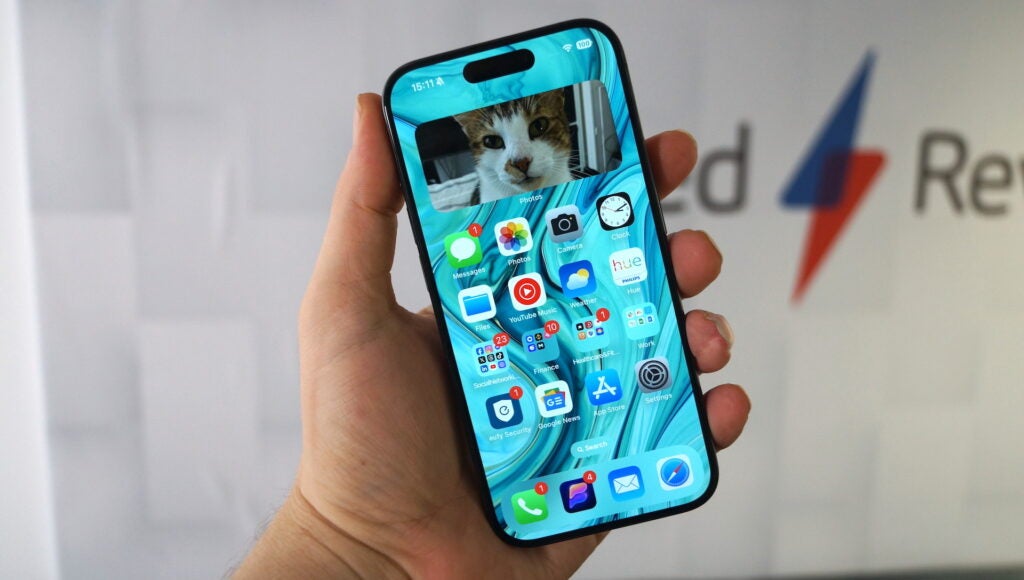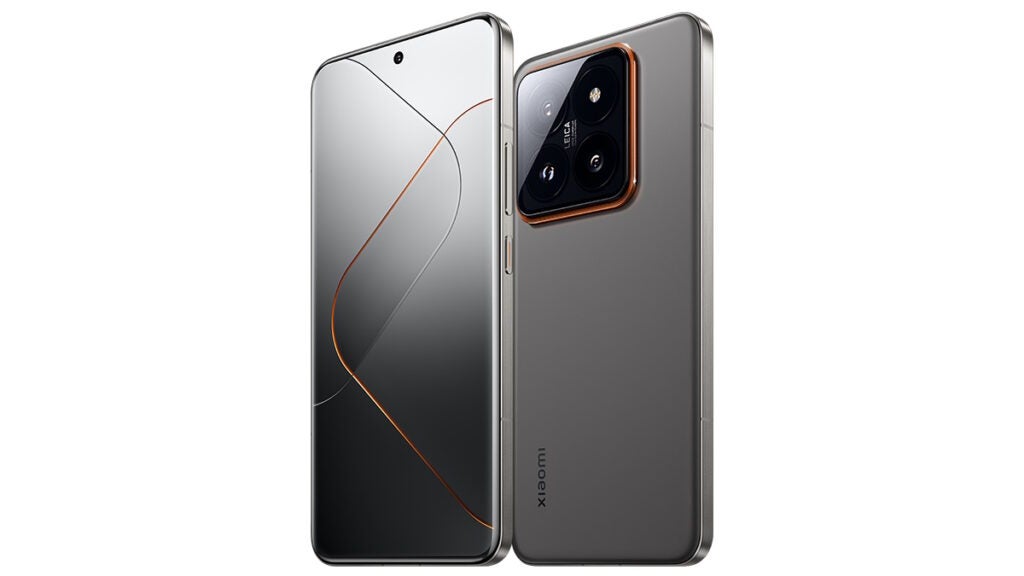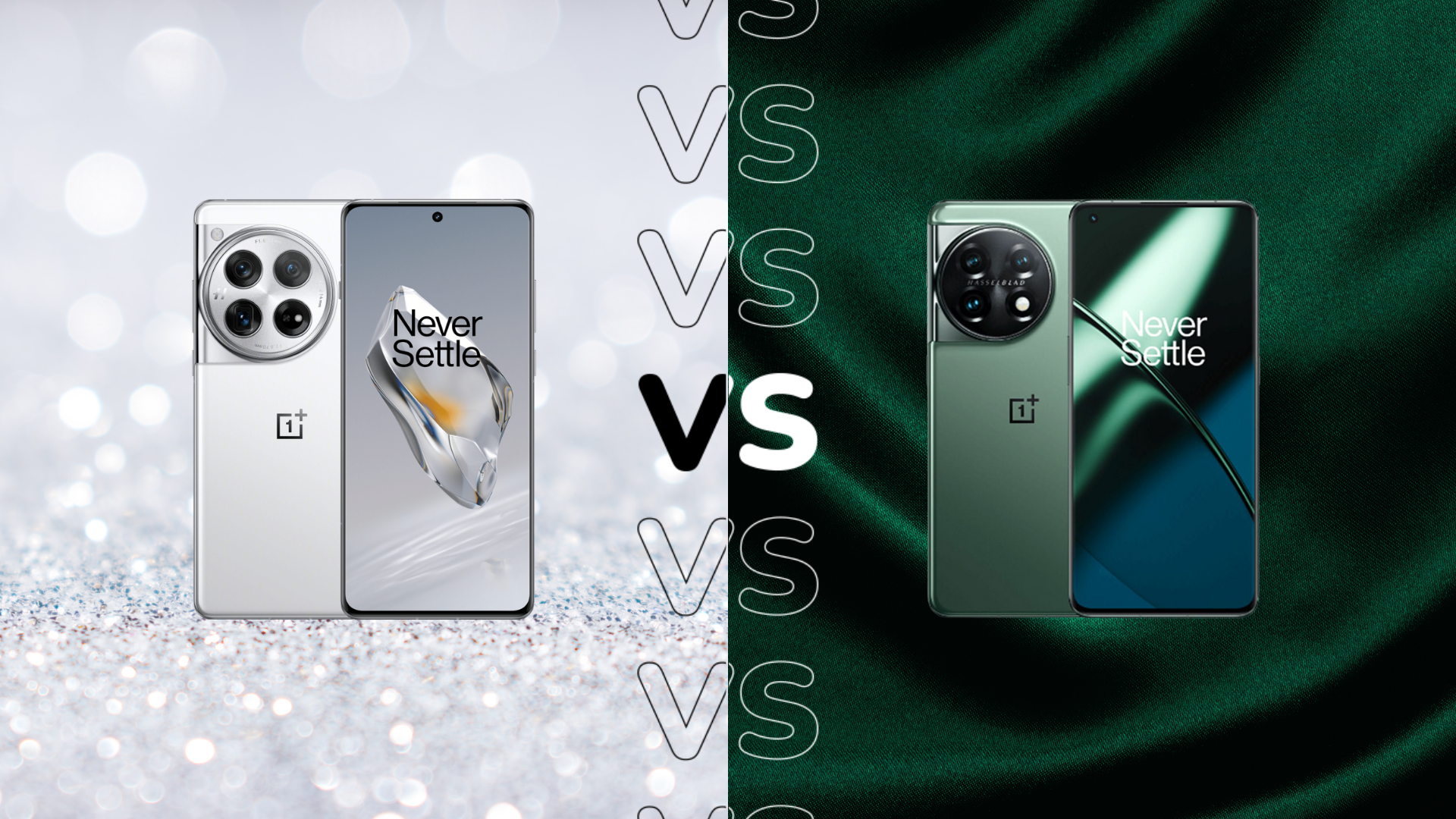Xiaomi 14 Pro vs iPhone 15 Pro: How do they compare?

Apple launched the iPhone 15 Pro in September of last year, but what you might not know is that Xiaomi announced its own Pro smartphone, the Xiaomi 14 Pro, in China one month later.
We’re still waiting on a global release date for the Xiaomi 14 and the Xiaomi 14 Pro, but that doesn’t mean it’s too early to compare these two smartphones. Xiaomi has released all of the specs, allowing us to put the phone head-to-head against the iPhone 15 Pro to help you decide which device is right for you.
Stay on this page to learn how the Xiaomi 14 Pro compares to Apple’s iPhone 15 Pro.
The iPhone 15 Pro runs on iOS 17
The iOS operating system is a driving force in the iPhone’s popularity, with the software generally considered easier to use than other competitors and the Apple ecosystem allowing the iPhone, iPad, Apple Watch, AirPods and Mac to interact seamlessly with each other.
The Xiaomi 14 Pro, meanwhile, runs on Xiaomi’s new HyperOS operating system, an ecosystem designed to connect smart homes and cars as well. It’ll be interesting to see how HyperOS runs on the 14 Pro when it comes to the UK.
The Xiaomi 14 Pro has a bigger, brighter screen
Not only is the Xiaomi 14 Pro’s display larger than the screen on the iPhone 15 Pro, but it’s also significantly brighter.
With Apple, you’d need to opt for the iPhone 15 Pro Max (or downgrade to the iPhone 15 Plus) to get a spacious 6.7-inch screen. The iPhone 15 Pro sticks with a more pocket-sized 6.1-inch OLED display with a 2556 x 1179 resolution, 120Hz variable refresh rate and a peak brightness of 2000 nits.
The Xiaomi 14 Pro, on the other hand, has a WQHD+ (3200 x 1440) AMOLED display with a 120Hz variable refresh rate and a peak brightness of 3000 nits.

The iPhone 15 Pro features a custom chipset
The Xiaomi 14 Pro is powered by Qualcomm’s latest flagship chipset for smartphones, the Snapdragon 8 Gen 3. We haven’t gotten the chance to test the phone ourselves just yet, but we’d expect the performance to be very snappy with the latest Snapdragon chip on board.
The iPhone 15 Pro, on the other hand, is powered by Apple’s own A17 Pro chip. This is the company’s first “Pro” chip for iPhones, replacing the A16 Bionic in the iPhone 14 Pro, and is custom-built for the device.
The chipset performed incredibly well in our benchmark tests, with multi-core scores around 2000 points higher than the top-performing Androids we’ve tested in the past 12 months. That makes the iPhone 15 Pro and 15 Pro Max the ones to beat in this arena.
The Xiaomi 14 Pro camera has a variable aperture
Both the iPhone 15 Pro and the Xiaomi 14 Pro feature triple cameras, but the Xiaomi squeezes in more megapixels.
The iPhone includes a 48-megapixel main camera, 12-megapixel ultra-wide camera and 12-megapixel telephoto camera with up to 3x optical zoom. The Xiaomi 14 Pro, meanwhile, features a 50-megapixel main camera, a 50-megapixel ultra-wide camera and a 50-megapixel telephoto camera with up to 3x optical zoom.
As well as packing more megapixels, Xiaomi has introduced variable aperture capabilities with the 14 Pro. The camera on the 14 Pro automatically adapts to changes in light within the f/1.42 to f/4.0 range. This allows the camera to achieve optimal exposure in a range of scenes and lighting conditions and allows users to easily control the depth of field and amount of bokeh present.
The aperture can also be adjusted manually or based on a set shutter speed in the camera’s pro mode.

The Xiaomi 14 Pro brings faster charging
The Xiaomi 14 Pro packs a large 4880 mAh battery that supports 120W wired fast charging and 50W wireless charging.
The iPhone 15 Pro, meanwhile, comes with a 3274 mAh battery and sticks with 20W fast charging and 15W wireless charging with MagSafe and Qi2 or 7.5W wireless charging with a standard Qi charger.
The iPhone 15 Pro is available to buy now
The Xiaomi 14 Pro was first announced in China in October 2023 and we’re still waiting on a release date for the UK, Europe and the US.
The iPhone 15 Pro has been available globally since September 2023, meaning you can pick up the smartphone right now.








